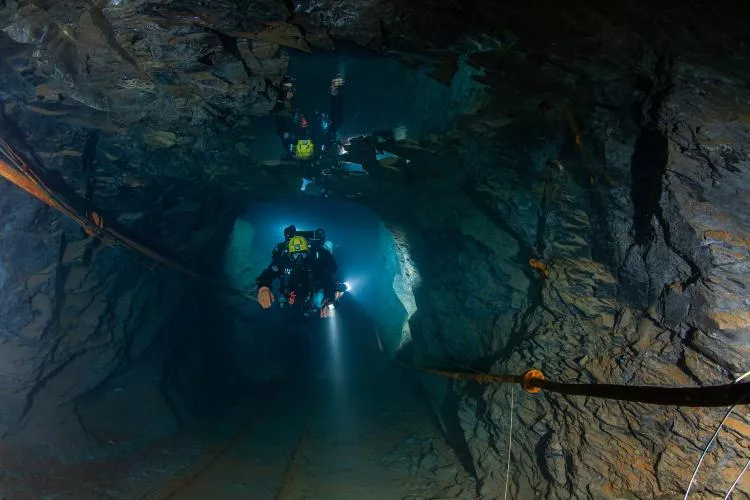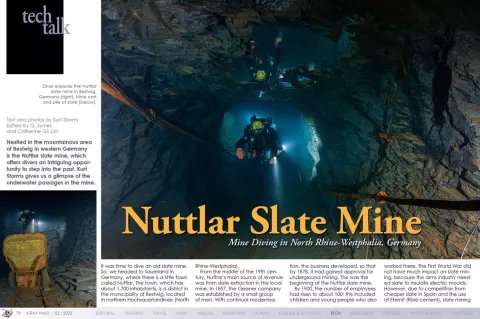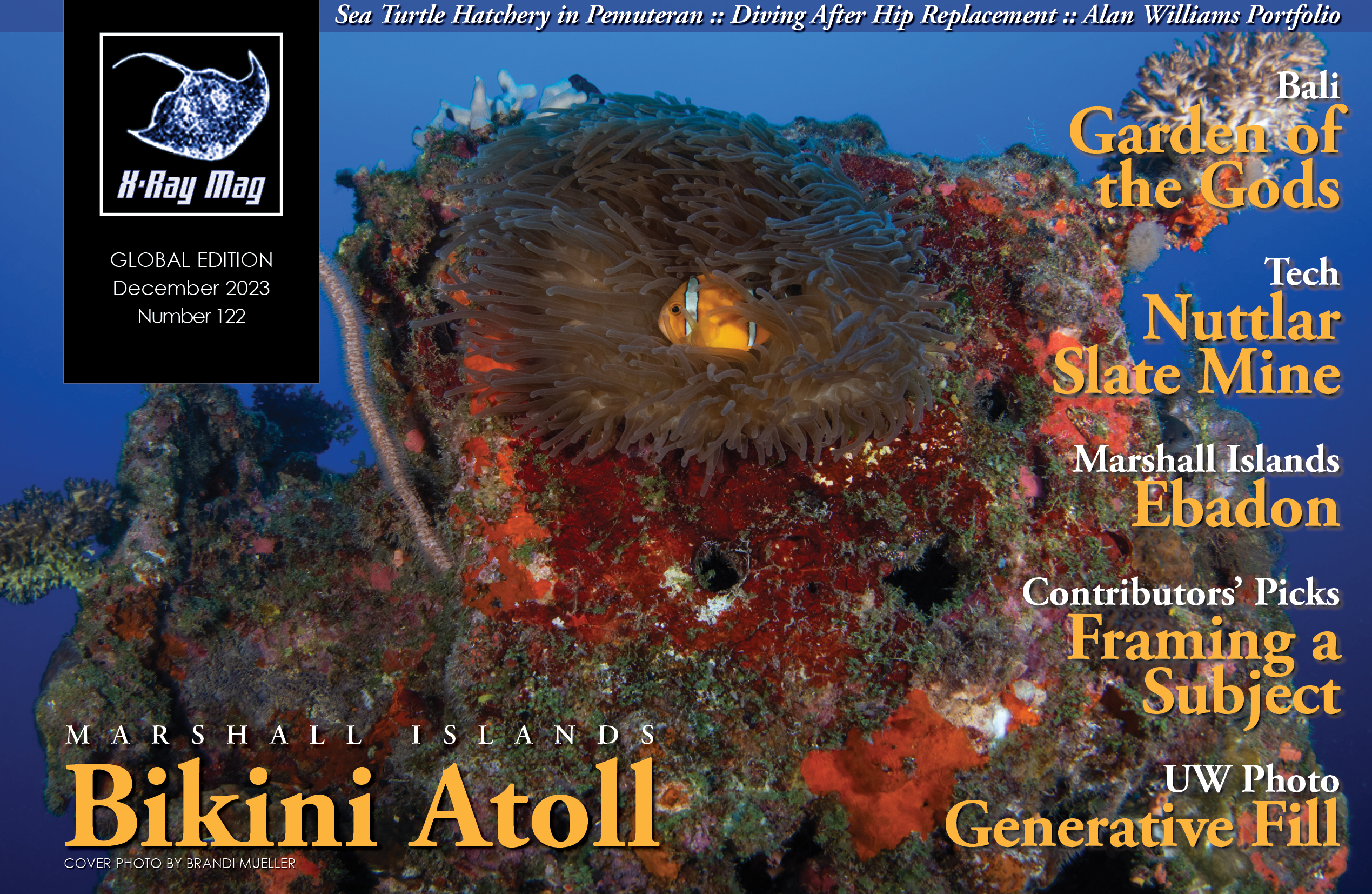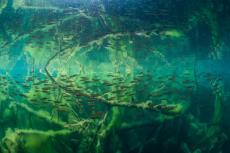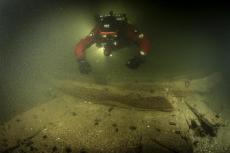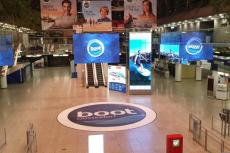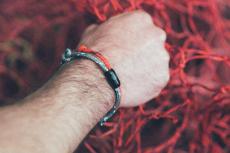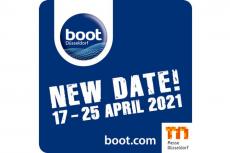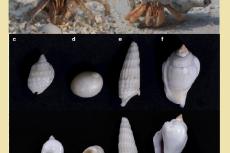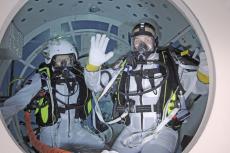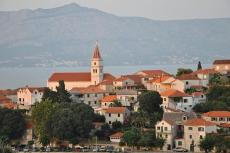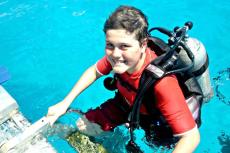Nestled in the mountainous area of Bestwig in western Germany is the Nuttlar slate mine, which offers divers an intriguing opportunity to step into the past. Kurt Storms gives us a glimpse of the underwater passages in the mine.
Contributed by
It was time to dive an old slate mine. So, we headed to Sauerland in Germany, where there is a little town called Nuttlar. The town, which has about 1,700 inhabitants, is a district in the municipality of Bestwig, located in northern Hochsauerlandkreis (North Rhine-Westphalia).
From the middle of the 19th century, Nuttlar’s main source of revenue was from slate extraction in the local mine. In 1857, the Gessner company was established by a small group of men. With continual modernisation, the business developed, so that by 1878, it had gained approval for underground mining. This was the beginning of the Nuttlar slate mine.
By 1900, the number of employees had risen to about 100; this included children and young people who also worked there. The First World War did not have much impact on slate mining, because the arms industry needed slate to insulate electric moulds. However, due to competition from cheaper slate in Spain and the use of Eternit (fibre cement), slate mining ceased in 1985.
Today, the Nuttlar slate mine is an enormous labyrinth of mile-long tunnels and huge chambers. After the mine closed and the electricity was turned off, the pumps in the mine stopped pumping out water, and after seven years, the water reached its maximum level. Of the five floors in the mine, the two lower levels are flooded. The passages here have a total length of 12km, with a maximum depth ranging from 14 to 30m.
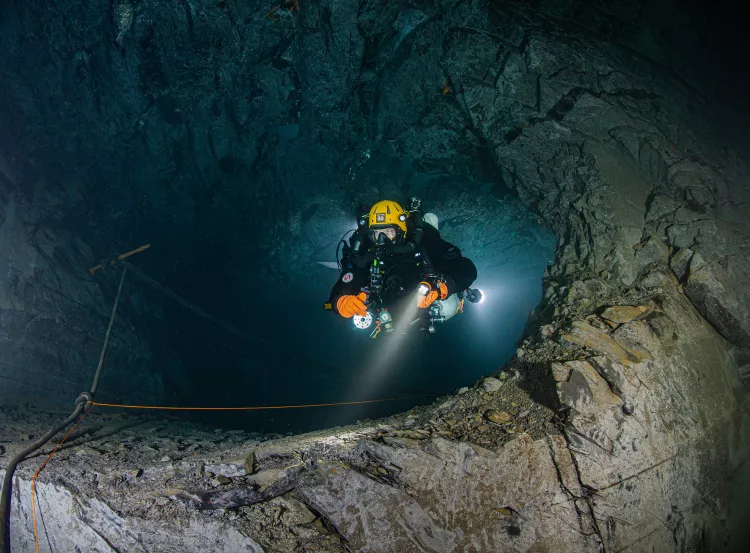
Getting there
From my hometown of Brussels in Belgium, the drive to Nuttlar took a little over three hours. Travelling with my wife, Caroline, and my dive buddy Willem Verreycken, we departed at 6:30 a.m. and headed out to our dive site for the day.
The drive went smoothly, and once we arrived, we were pleasantly received by the owner. We got a briefing about the dive operation there, which had a compressor, so it was possible to refill tanks between dives. Air, nitrox, trimix and O2 for rebreathers was available. Once the briefing was over, we went back to the car and got on the road to the entrance of the mine, where there was a parking area with room enough for seven cars.
The entrance to the mine could easily be found, thanks to the yellow container that marked it. Here, we got our second briefing, which covered what we had to pay attention to and where we had to sign in and out. Once this briefing was done, we kitted up, with anticipation.
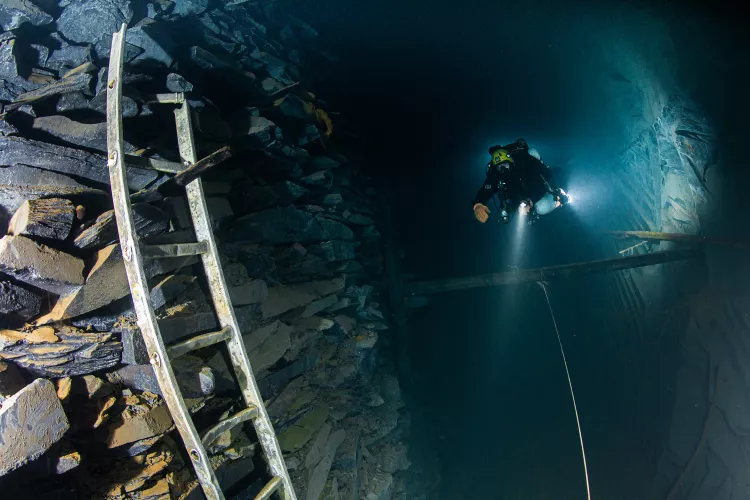
Diving
Willem and I placed our bail-out tanks at the water’s edge, where we got our first glimpse of the water in the mine. “Wow! How clear it is,” was my first thought, as we continued to get ready for the dive.
Willem and I would both be diving on rebreathers. We spent some time getting the rebreathers ready for diving and doing pre-dive checks. Today, I was diving with the Divesoft Liberty SM.
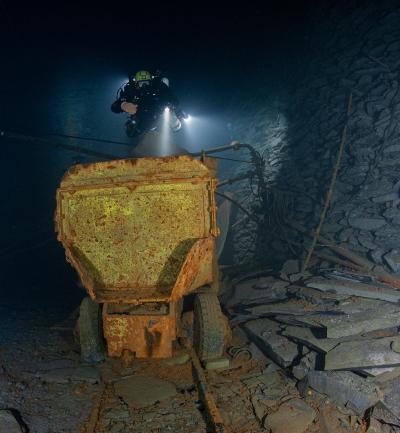
Once we entered the water and completed our S-drills, we descended below the surface to begin our dive. The agreement was that we would do a dive of about 2.5 hours. After a few minutes, we arrived at a junction where several mine carts were strewn about, not knowing that they would never again move from their spots. It was a spacious corridor, but one had to be smart and not touch any of the carts in order to avoid a silt-out.
We followed the guide line, upon which we had to place a “cookie” between junctions. The water was cold at 8°C, so I had to turn on my heating apparatus. The water’s visibility was extremely clear. There were pipes and cables everywhere, which once fed electricity to light bulbs throughout the mine.
The main line was clearly visible throughout the mine, amongst all the stuff we came across. At each scene, Willem paused to take a photo. We had only just begun the dive and were already as giddy as happy children.
I then followed Willem through a small passage, and we ended up in a beautiful chamber as big as a house. The walls of this chamber were beautiful, which led me to suspect that they had been made by sawing and not with explosives.
It was an enormous maze of corridors and chambers, in which one could spend hours. The splendour of the past was shown to its best advantage here: the carriages, the rails… It gave one even more appreciation for the people who once worked here.
When we got back to the surface, after 2.5 hours of exploring, we had only seen the first part of the mine, but we were satisfied. Immediately afterwards, we were already making plans to explore the deeper part of the mine.
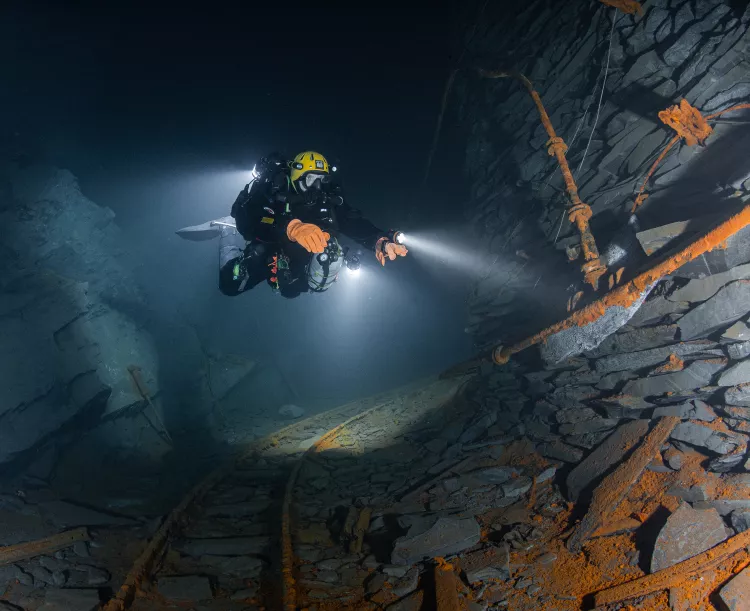
How to dive the mine
The slate mine (Schieferbau Nuttlar) is open on weekends from April to mid-November. In winter, the mine is closed due to the hibernation of the bats. Reservation is compulsory. A maximum of 12 cave divers can enter per day, and a day ticket costs €69.
No cave diving certificate?
Would you like to go farther down into the mine but do not have a cave diving certification? Or do you doubt that cave diving is something for you? Here, you can still have a fantastic experience, under direct supervision.
In a small group under strict guidance, you will be able to go farther—to places where there is no ascent possible. Floating above the rails, you can dive along passages with tubes, cables and old artefacts. The gas planning is conservative, but the experience is great!
There is a prerequisite for participation. You must have a basic technical diving foundation. This means that you must be able to dive with a double set, long hose and lights, but also that you have mastered all safety procedures, such as gas sharing and valve turning. So, this dive is not for everyone, but it is an absolute must if you have the appropriate level of training and experience. You do not have to go to France or Mexico for your first unforgettable cave diving adventure! You can have one here.
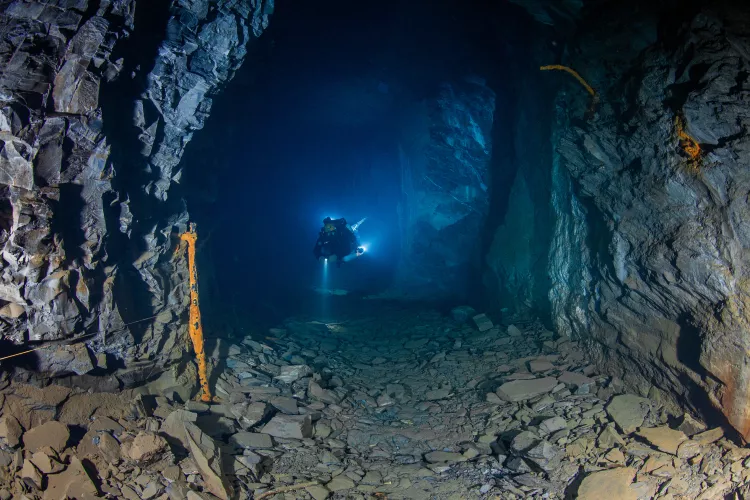
Recreational divers without a cave diving certification can also enjoy this underwater world under supervision. You will be accompanied by an experienced cave diver from the dive school at Nuttlar. It is compulsory to dive with equipment that is suitable for cold water, i.e. separate breathing systems, a suitable suit, and some diving experience. There is no possibility of renting equipment on site. The cost is €69 per dive. Do not forget to bring your valid medical certificate, your dive certification card and valid dive insurance, which will be checked before you dive.
If you already have your cave diving certification, but you want to dive with a guide, this can be done with an extra fee of €50 per person, on top of the normal entrance fee. With this fee, you will get a guide who will conduct a dive with a maximum of three participants per group.
Non-diving tours
Don’t want to dive but still want to visit the mine? This is possible in the form of a dry tour in the non-flooded part of the slate mine. A two-hour tour costs €23, a four-hour tour costs €33, and a seven-hour special tour for photographers costs €65. These prices include a small snack and a drink.
Accommodations
There are many options for overnight stays. One of the recommended hotels nearby is the Gasthof Sauerwald, which is only 3km away.
The address of the Nuttlar slate mine is Briloner Str. 48a, D-59909 Bestwig, Germany. From Brussels, it is a 3.5-hour drive. For more information, please visit: schieferbau-nuttlar.de. ■

